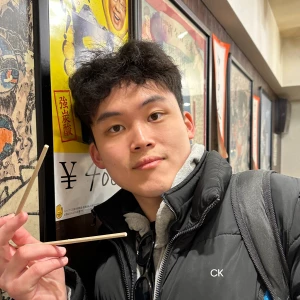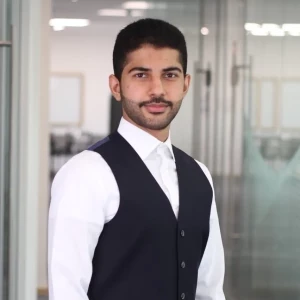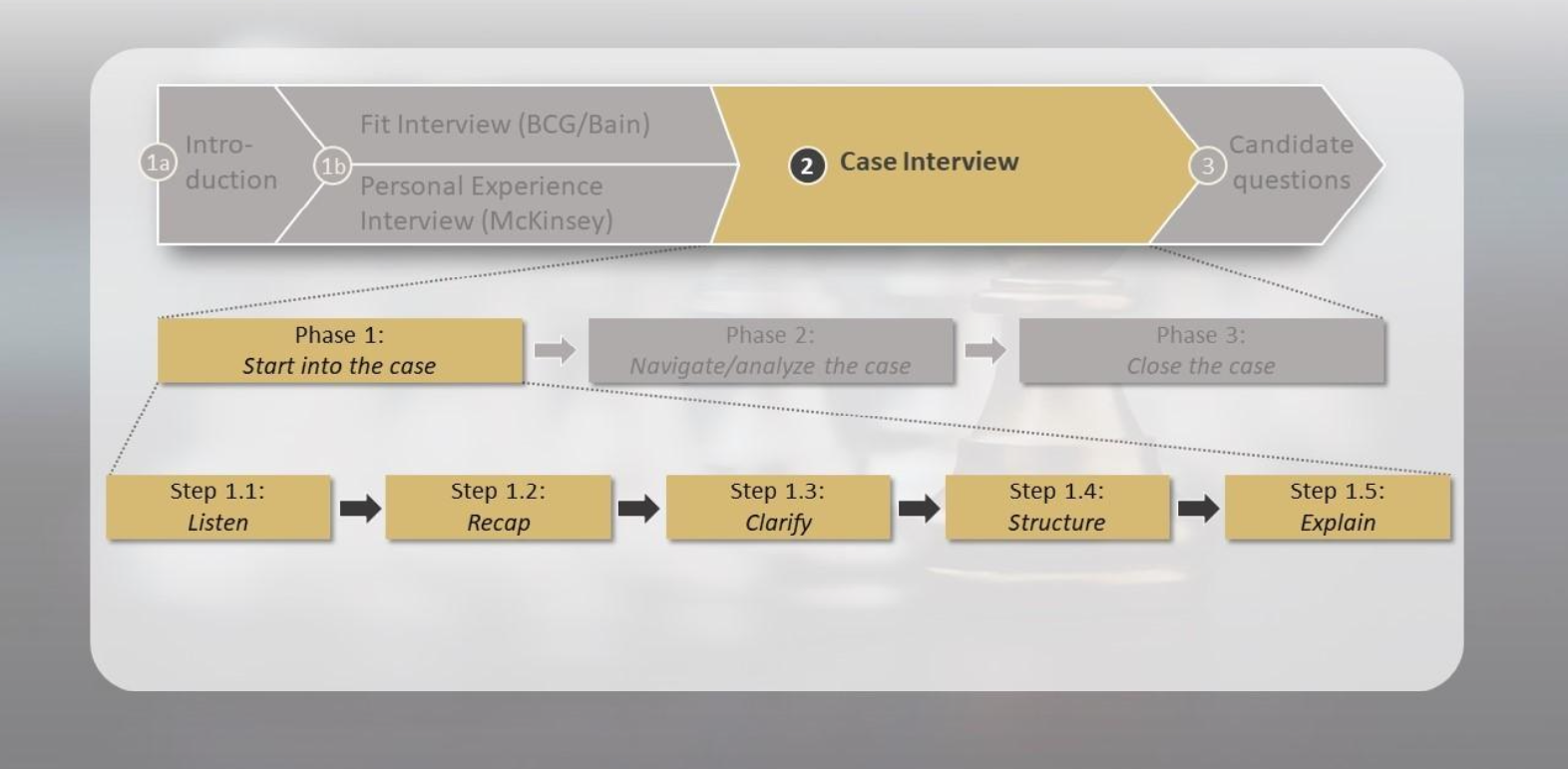Hey!
I've been taught the basic structure of going through a case which mainly consists of Clarifying Questions, Framework, Quantitative Analysis, Brainstorming Questions, and Final Recommendation. I have recently heard that we should also clearly draw a hypothesis before basing the framework on those hypotheses. I just wanted to make sure that this information I have received is true.











